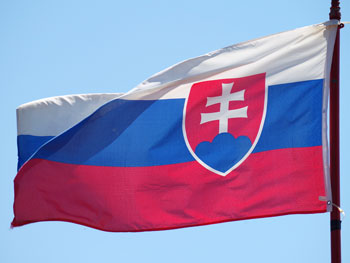Southern Great Plain
At A Glance
Area: 18.339 km²
Total population: 1.243.865
Bioeconomy maturity: Low
Bioeconomy strategy: No
Main feedstock: Mainly agricultural residues, much lower quantity of forest residues, feedstock from forest-based industries
POWER4BIO partner: Bay Zoltan Nonprofit Ltd. (BZN)
Contact person for Southern Great Plain: Nora Hatvani

Bioeconomy Strategy
- Currently there is no dedicated bioeconomy strategy in Hungary or in its regions
- Regional strategy most closely linked to bioeconomy: Research and Innovation Strategy for Smart Specialisation (2014-2020) for the Southern Great Plain Region of Hungary (2013)
- ‘National Energy Strategy 2030’ (Ministry of National Development, 2012)
- Hungarian Renewable Energy Utilisation Action Plan 2010-2020 (Deputy Secretariat of State for Green Economy Development and Climate Policy for the Ministry of National Development)
- Hungary’s National Energy Efficiency Action Plan until 2020
- National Strategies for Sustainable Development, Forestry, Climate Change and Water
Main Targets Of The Region Regarding Bioeconomy
- Currently there is no dedicated strategy or policy framework aiming for the formation of the bioeconomy in Hungary or in its regions
- Only general recommendations can be mentioned, for example:
- building a supportive, transparent policy environment
- improving the communication between R&D and business sectors
- valorisation of biomass resources by shifting to cascading type
Main Stakeholders
In The Region
Stakeholders involved in the current regional Bioeconomy strategy
Ministry of Agriculture
Ministry of Innovation and Technology
Hungarian Chamber of Agriculture
Hungarian Central Statistical Office
National Food Chain Safety Office
Agricultural Marketing Center
Local municipalities and authorities
Local regional departments of the Hungarian Chamber of Agriculture and the Hungarian Chamber of Commerce and Industry
Universities, research institutions
Enterprises which are producers and/or possible utilisers of biomass by-products, residues, wastes
Civil organisations
Cooperating platform of policy makers from different fields of competence
Synergistic cooperation of different fields for implementation of bioeconomy strategies
SMEs
Investors
Available Biomass Sources
At Regional Level
- Agricultural sidestreams from main crops: wheat, corn, barley, sugar beet, sunflower, rapeseed, alfalfa
- Woody biomass by-products and wastes
- Animal and mixed food waste
- Vegetal wastes
- Animal manure
- Household and similar wastese
All Regions Participating In POWER4BIO
Ten regions from nine different countries are participating in POWER4BIO, five of which coming from Central and Eastern Europe (CEE) and five from Western and Southern Europe (WSE).











